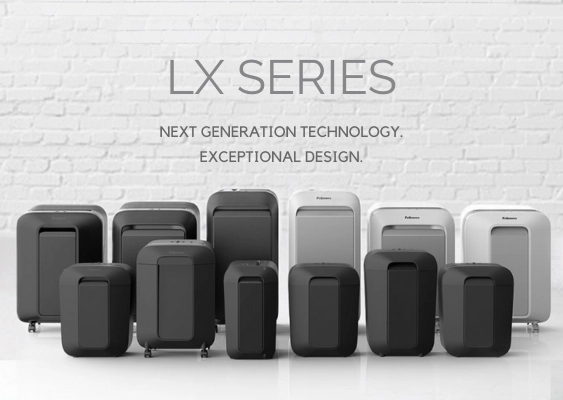
The Ultimate Guide to Shredding: Because Some Things Just Aren’t Worth Saving!
So, you’ve got a mountain of paperwork that needs to disappear faster than last week’s lunch leftovers. Whether it’s top-secret documents or just that “oops, I printed 50 copies instead of 5” moment, shredding is your new best friend. But hey, shredding isn’t just about turning your office into a confetti party—it’s about protecting yourself, your business, and your sanity. Let’s break it down (pun fully intended).
To Shred or Not To Shred?
There are two main reasons why shredding is a crucial part of managing your office documents:
- Prevent Identity Theft – Disposing of documents carelessly can open the door to identity theft. Shredding destroys personal and confidential information, making it impossible for prying eyes to misuse.
- Secure Disposal of Sensitive Information – From client contracts to employee files, confidential information needs to be properly disposed of to stay compliant with privacy regulations and avoid data breaches.
How Do I Choose the Right Shredder?
Shredders come in different “cut” styles, depending on how finely you want your documents to be shredded. These are the three most common types:
- Strip-Cut: The most basic cut, ideal for non-sensitive documents.
- Cross-Cut: A higher level of security that turns your paper into smaller confetti-like pieces.
- Micro-Cut: The highest level of security, reducing paper to tiny particles—ideal for highly sensitive documents.

Here’s where things get real. If you’re like us, you have mountains of paperwork. Do you have the patience to feed in five sheets at a time? If not, opt for a shredder with a larger sheet capacity. Some monsters out there can take up to 500 sheets—talk about efficiency! Just remember, the bigger the capacity, the fancier (and pricier) the shredder.

Think shredding is just feeding paper into a machine? Think again.
- These bad boys come with some seriously cool features:
- Jam-Proof Technology: Because nothing ruins your day like a shredder jam.
- Safety Features: We love shredding, but no one wants to shred their fingers. Look for ones that stop automatically when you get too close.
- Energy Saving: Shredders that know when to quit—literally. They’ll power down when they’re done, saving energy and keeping you green.
- Silent Shredding: Because some days, you just can’t handle the noise.
- Auto-Oiling Cutters: Keep those blades in prime condition without lifting a finger—your shredder does all the maintenance for you.
Staples, paperclips*, credit cards, CDs. Basically, if it fits in the slot and the machine says it can handle it, shred it! Just make sure you read the instructions, so you don’t end up breaking your shredder by feeding it something a little too ambitious. *Paperclips should be a “woops” moment., if you want your machine to last as long as possible, I recommend only shredding one by mistake.

How Long Should I Keep Important Documents?
Wondering when it’s time to shred those old files? Here’s a quick guide:
- Tax Records: Keep for 7 years, then shred.
- Bank Statements & Pay Stubs: 1 year is enough.
- Credit Card Statements: Shred after 45 days unless you need them for returns or disputes.
- Medical Records: Hold onto them for at least 1 year.
- Home Purchase/Sale Documents: Keep these for 6 years after you sell.
- Warranties: As long as they’re still valid, hold onto them.
- Credit Cards: Shred when they expire

Time to Shred!
Shredding is a simple yet effective way to protect your business, employees, and clients from potential risks. Whether you need a basic model for occasional use or a heavy-duty shredder for high-volume jobs, Palace Business Solutions has a variety of shredders to fit your needs.
Take control of your documents, protect your information, and keep your office clutter-free with the right shredding solution.
Ready to upgrade your shredding game? Let us help you find the perfect shredder for your office!

